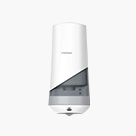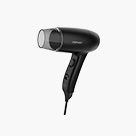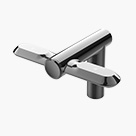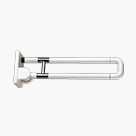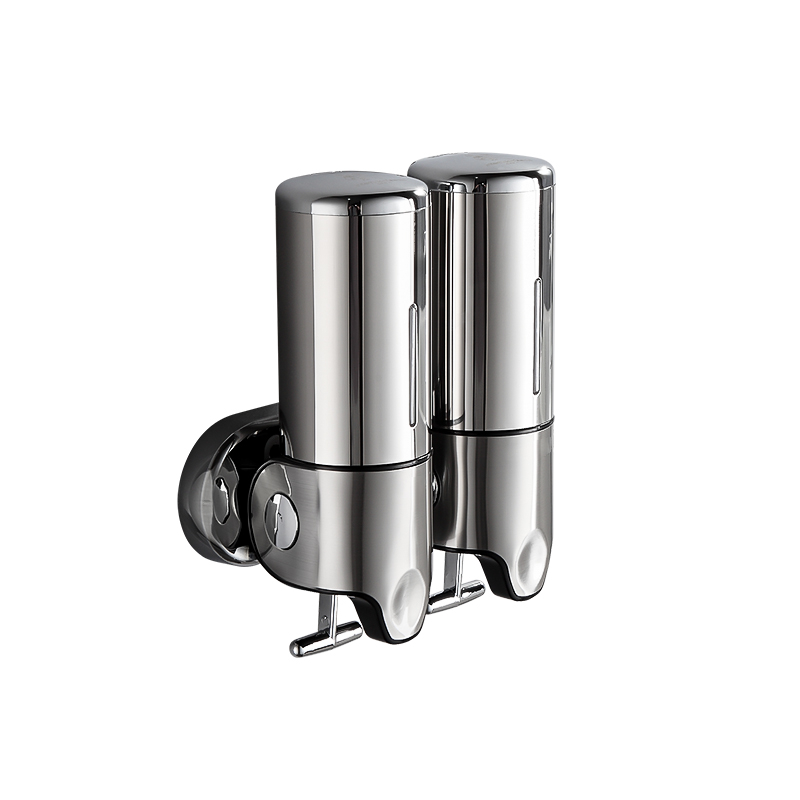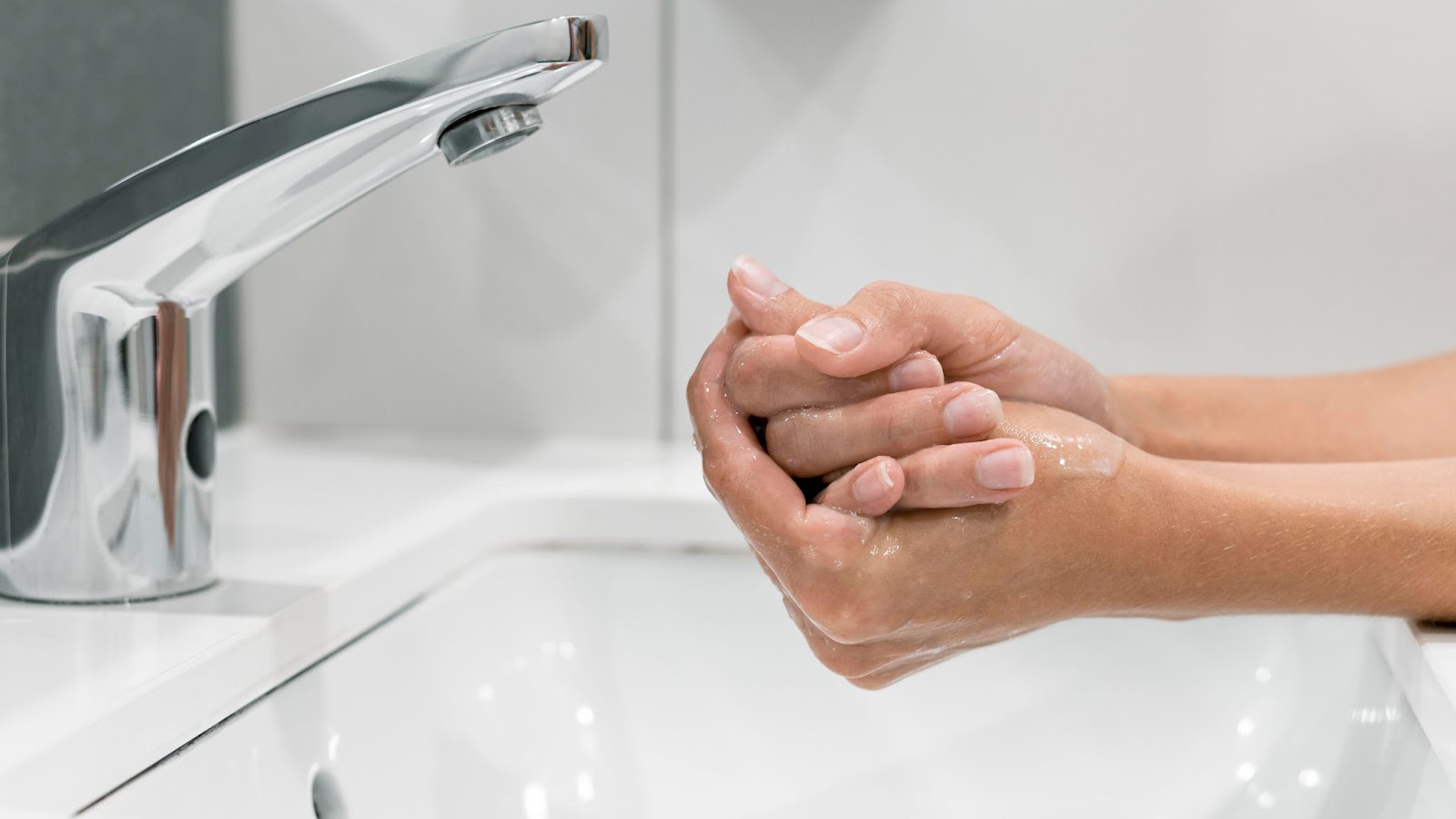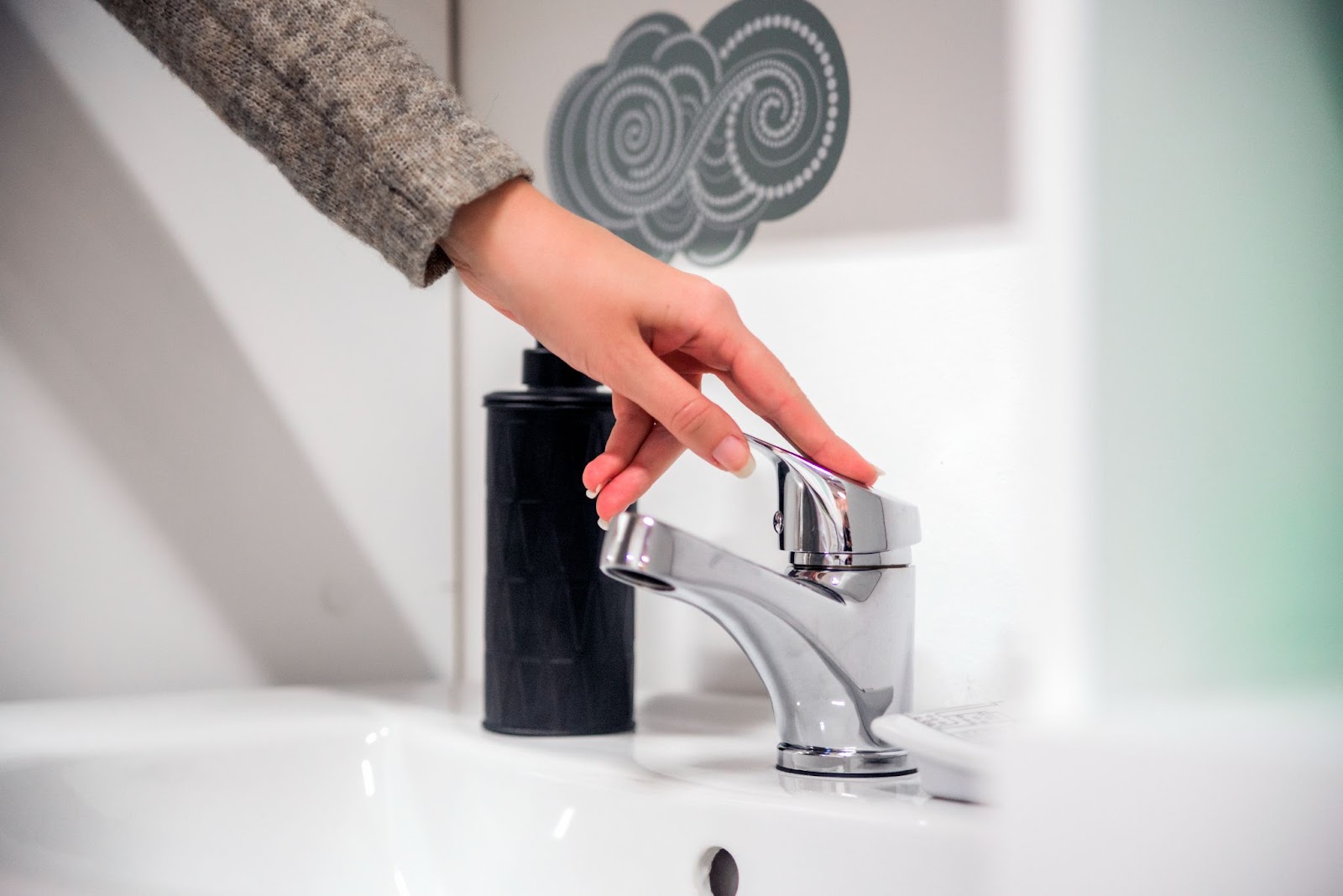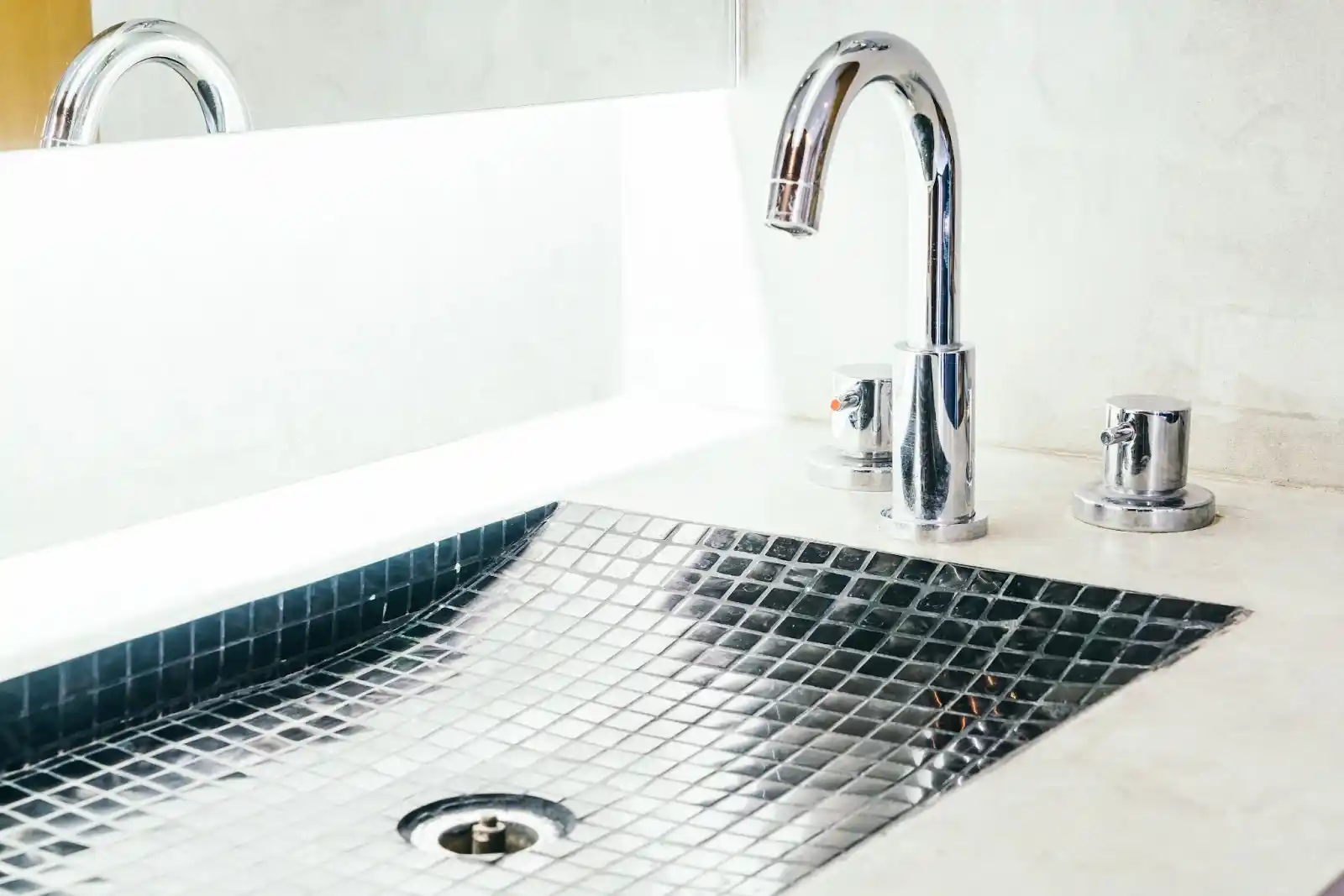When selecting between an automatic and manual soap dispenser, consider factors like hygiene, cost, and maintenance to find the best fit for your needs.
This article compares their key differences to help you decide confidently. Read on to learn more.
Comparison Table: Automatic vs. Manual Soap Dispensers
| Factor | Automatic Soap Dispenser | Manual Soap Dispenser |
| Operation | Sensor-based, touch-free dispensing for enhanced hygiene. | Requires manual pressing, increasing contact points. |
| Hygiene | Minimizes germ spread through the touchless operation. | Higher potential for germ transmission due to direct contact. |
| Cost | Higher upfront and maintenance costs but saves soap over time. | Budget-friendly initial cost with fewer ongoing expenses. |
| Maintenance | Requires batteries and occasional sensor checks. | Simple to maintain with minimal upkeep. |
| Durability | Advanced components may wear over time; high-quality models last longer. | A sturdy, straightforward design ensures long-lasting use. |
Operation
Automatic soap dispensers are designed with sensors that detect hand movement, allowing soap to be dispensed without the need for physical contact.
This makes them ideal for high-traffic areas where hygiene is a priority, as they reduce the risk of germs spreading from person to person.
Manual soap dispensers, however, require users to press a lever or button to release the soap, which increases the potential for cross-contamination, especially in public restrooms or workplaces where many individuals use the same dispenser.
Hygiene
In terms of hygiene, automatic soap dispensers lead the way due to their touch-free nature.
The absence of contact significantly minimizes the chance of germs being transferred from one user to the next.
This makes them a popular choice for commercial environments such as hospitals, restaurants, and offices.
Manual soap dispensers, though effective, require users to physically touch the dispenser, which can result in germs being passed between individuals unless proper cleaning protocols are followed regularly.

Compare Your Options – Get Personalized Recommendations Now!
Cost
The initial cost of automatic soap dispensers is typically higher than that of manual dispensers due to the technology involved, such as sensors and battery-operated components.
Additionally, the ongoing maintenance costs, such as battery replacements or occasional repairs, can add up over time.
However, automatic dispensers are often more efficient in soap usage, which can offset these costs in the long run.
Manual soap dispensers are generally more affordable, with lower upfront costs and minimal ongoing maintenance.
However, they may lead to more wasteful soap usage since users tend to press the button multiple times.
Maintenance
Automatic soap dispensers require periodic maintenance, including battery changes, sensor cleaning, and ensuring that the soap reservoir is sealed and functioning properly.
These dispensers are generally designed to be easy to refill, but the need for batteries and electronic components means they may need more attention compared to their manual counterparts.
Manual soap dispensers, on the other hand, are relatively simple in design, with fewer moving parts.
This makes them easier to maintain and clean, with less frequent need for repairs or replacements.
Their simplicity ensures that refilling them is a quick task, and they are less likely to malfunction than automatic models.
Durability
Automatic soap dispensers are built with advanced components such as sensors and motors, which, while enhancing their functionality, can also make them more prone to wear over time.
Choosing a high-quality model can ensure longevity, but these dispensers might still need replacement parts or repairs more frequently.
Manual soap dispensers have a simpler design, typically made of durable materials like plastic or stainless steel, which contributes to their longevity.
They are less prone to damage and can withstand more prolonged use without needing repairs or replacements.
Choosing the Right Soap Dispenser for Your Setting

Discover the Difference – Explore Our Soap Dispenser Now!
When deciding between automatic and manual soap dispensers, it’s essential to consider the specific needs of your setting.
For environments with high foot traffic, such as hospitals or restaurants, automatic dispensers are often preferred for their hygiene benefits.
On the other hand, manual dispensers may be more suitable for smaller spaces or places with fewer users.
Factors such as space availability, frequency of use, and the need for touch-free operation should all be considered when making your decision.
Benefits of a Commercial Soap Dispenser
In commercial settings, soap dispensers need to be both efficient and hygienic.
Automatic dispensers are ideal in these environments as they minimize soap waste and reduce the spread of germs.
With the increased demand for sanitation in public places, investing in an automatic dispenser is a wise choice.
Manual dispensers, while still widely used, may be less effective in preventing contamination, particularly in busy commercial environments.
Environmental Impact
Both types of soap dispensers can play a role in promoting sustainability.
Automatic soap dispensers are often more precise in dispensing the right amount of soap, helping to reduce waste.
Many models also feature sealed refills, which minimize the use of plastic packaging.
Manual soap dispensers, although more affordable, can sometimes lead to soap overuse and increased waste.
Choosing eco-friendly soap options and ensuring proper maintenance can help mitigate these impacts for both types of dispensers.
Common Mistakes to Avoid When Buying Soap Dispensers
One common mistake when purchasing a soap dispenser is not considering the dispenser’s compatibility with your soap type.
Some dispensers are designed to work with specific liquid soaps, and using the wrong type of soap can lead to clogs or malfunctions.
Additionally, many users overlook the importance of the dispenser’s capacity.
For high-traffic areas, choose a model with a larger soap reservoir to avoid frequent refills.
Automatic vs Manual Soap Dispenser: Conclusion
Choosing between an automatic and manual soap dispenser depends on your priorities.
Automatic dispensers offer superior hygiene and convenience, making them ideal for environments where sanitation is critical.
Manual dispensers, though more budget-friendly and easier to maintain, may be less effective in preventing the spread of germs.
By considering factors such as cost, maintenance, durability, and hygiene needs, you can select the dispenser that best fits your space and budget.







